

Derek Fung
Revived Ram 1500 TRX could debut on New Year's Day
16 Hours Ago
Volkswagen's rival to the D-Max Blade, Navara Pro-4X Warrior and Ranger Tremor is a special-edition created to celebrate a new world record.
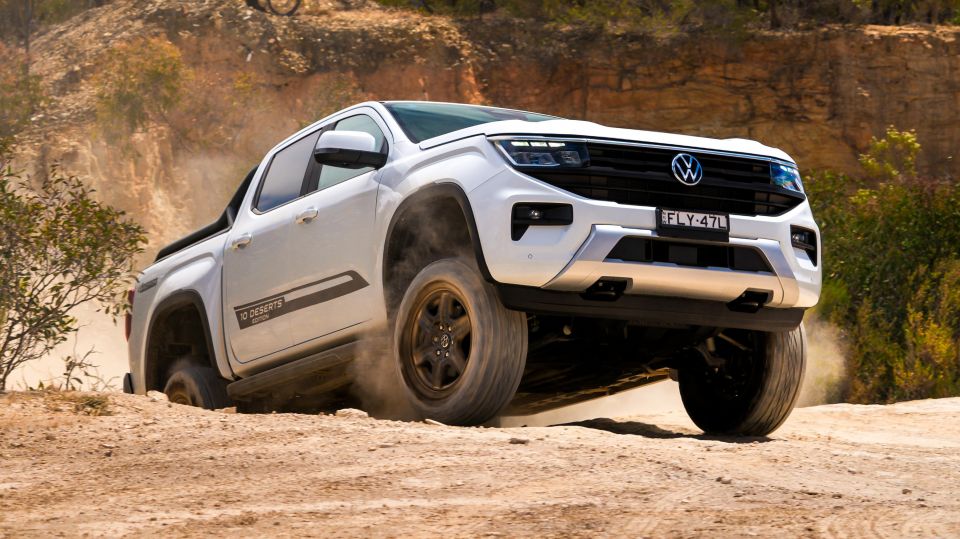
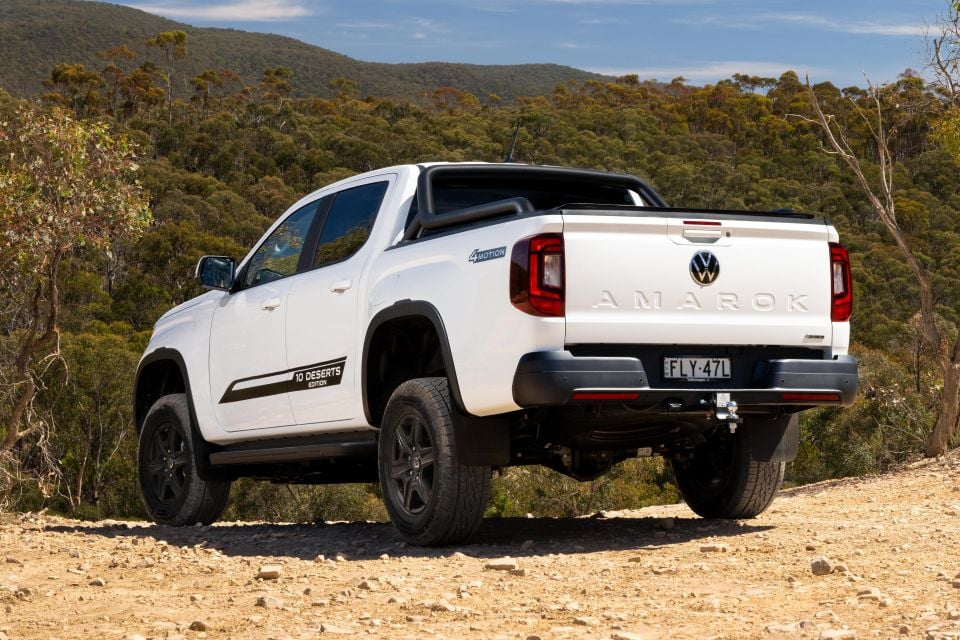

Quickly see how this car stacks up against its competition. Select any benchmark to see more details.
Where expert car reviews meet expert car buying – CarExpert gives you trusted advice, personalised service and real savings on your next new car.
Volkswagen has achieved yet another Guinness World Record in Australia and its latest special-edition model has been created to commemorate this.

Earlier this year a team of three drivers, including one Australian, used a modified Amarok V6 Style to set a new record time for crossing Australia’s 10 deserts – six days and 17 hours. To read more about this feat, click here.
This brings us to the Amarok 10 Deserts Edition. It’s an off-road-centric special-edition version of the dual-cab 4×4 ute that’s due to launch in the second quarter of 2025. A total of 300 examples will be offered, all finished in white.
Unlike the actual record-breaking ute, the Amarok 10 Deserts Edition is based on the Life TDI500, which is one variant up from the base Core TDI405. That means it’s powered by a 2.0-litre four-cylinder bi-turbo diesel engine, and not the popular V6 turbo-diesel.
Bridging the gap between being a black sticker pack and an outright off-road special developed by a local tuning firm, the Amarok 10 Deserts Edition receives a range of standard equipment that’s usually available as genuine accessories.
WATCH: Paul’s video review of the 2023 Volkswagen Amarok Aventura TDI600
These include an ARB-derived 40mm suspension lift that increases ground clearance to 275mm, composite underbody protection, and a black tonneau cover.
Other features it picks up over to the standard Life TDI500 include a black sports bar, 17-inch black alloy wheels wrapped in Continental CrossContact all-terrain tyres, as well as ’10 Deserts Edition’ decals.
Is this special-edition a fitting tribute to the record-breaking ute? Read along to find out.
Volkswagen hasn’t detailed what the Amarok 10 Deserts Edition will be priced at just yet.
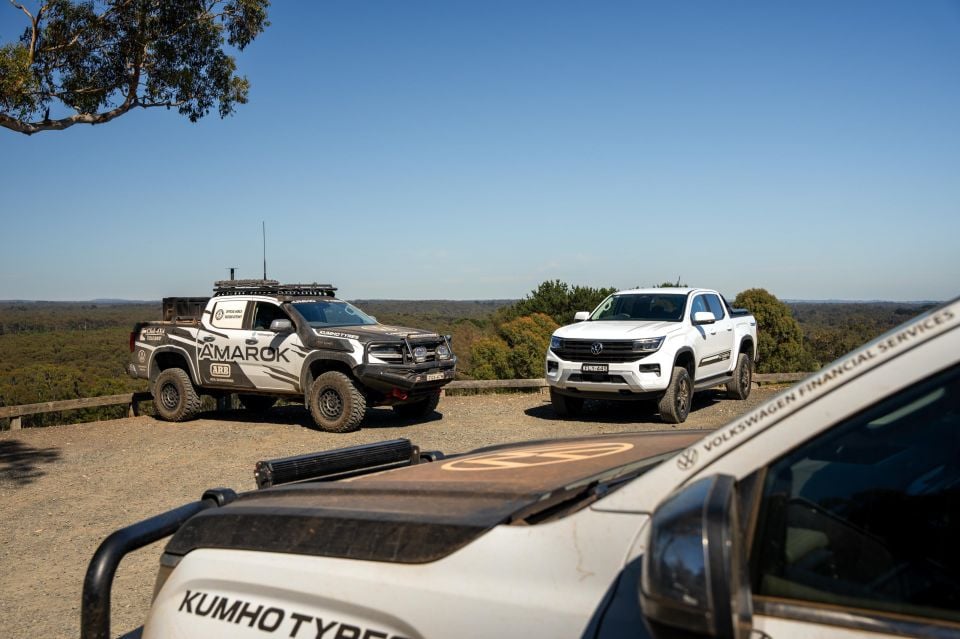
However, it’s estimated it’ll be positioned between the Life TDI500 and Style TDI500. These are currently priced from $59,490 and $69,740 before on-roads, respectively.
The rest of the Volkswagen Amarok range is currently priced as follows:
| Model | Price before on-road costs |
|---|---|
| Volkswagen Amarok Core TDI405 | $55,490 |
| Volkswagen Amarok Life TDI500 | $59,490 |
| Volkswagen Amarok 10 Deserts Edition | $TBA |
| Volkswagen Amarok Style TDI500 | $69,740 |
| Volkswagen Amarok Style TDI600 | $73,740 |
| Volkswagen Amarok PanAmericana TDI600 | $78,990 |
| Volkswagen Amarok Aventura TSI452 | $82,990 |
| Volkswagen Amarok Aventura TDI600 | $82,990 |
It’s worth noting that Volkswagen has a range of drive-away pricing offers for certain MY24 and even MY23 Amaroks.
To see how the Volkswagen Amarok stacks up against its rivals, check out our comparison tool
Buy your new car without the stress. It's fast, simple and completely free.

Great service from Travis and team, second time I have used this business would not hesitate to recommend them to anyone
Craig C.
Purchased a Ford Ranger in Sunshine Coast, QLD
CarExpert helped Craig save thousands on his Ford Ranger, now let us save you on your next new car.
Find a dealIf you’re thinking the Amarok 10 Deserts Edition will look different inside, think again – it’s identical to the Life TDI500.
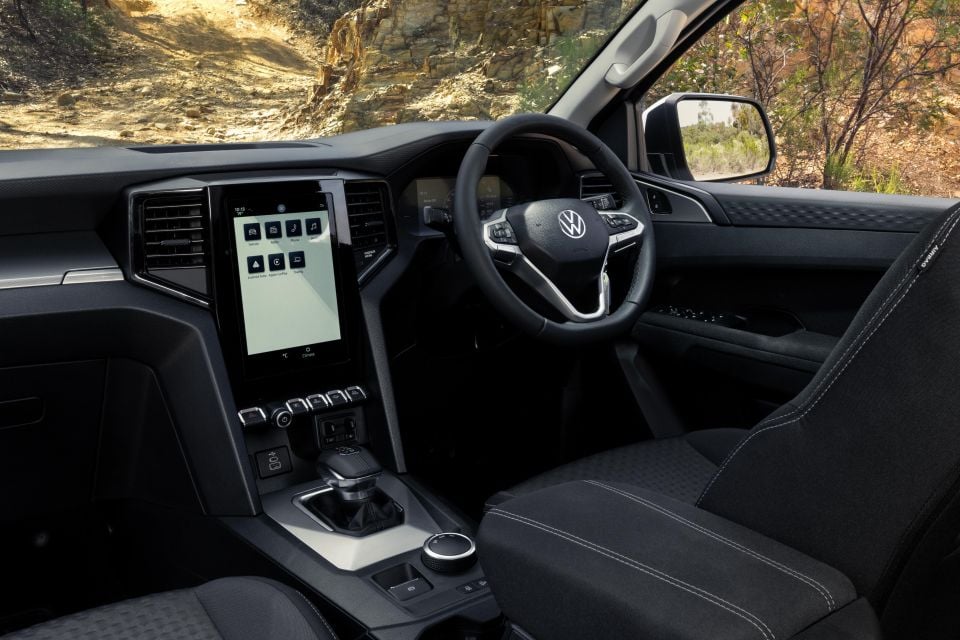
One of the few differences, however, is how much higher you need to step up into the cabin due to the 40mm of extra ride height. Thankfully, there are side steps and chunky grab handles to help make this a bit easier, though it’s still a fair hike.
Looking around the cabin, you can pick out some similarities between the Amarok and the related Ford Ranger, including the indicator stalks, gear selector, and infotainment chimes, but there are a number of tweaks Volkswagen has made to make the Amarok look different.
One of the key changes besides the different-looking dashboards is that the Amarok’s indicator is on the left-hand side like in European cars, whereas the Ranger’s is on the right-hand side.
Unfortunately, you miss out on the Ranger’s dashboard-mounted tradie cupholders in the Amarok, and the trailer brake controller isn’t beside the steering column and partially obscures the wireless phone charger.
As standard, the Amarok 10 Deserts Edition comes with comfortable fabric-trimmed seats that are manually adjustable, but offer plenty of bolstering. I was able to get really comfortable on longer drives, though I was looking for some extra lumbar support after a few hours.
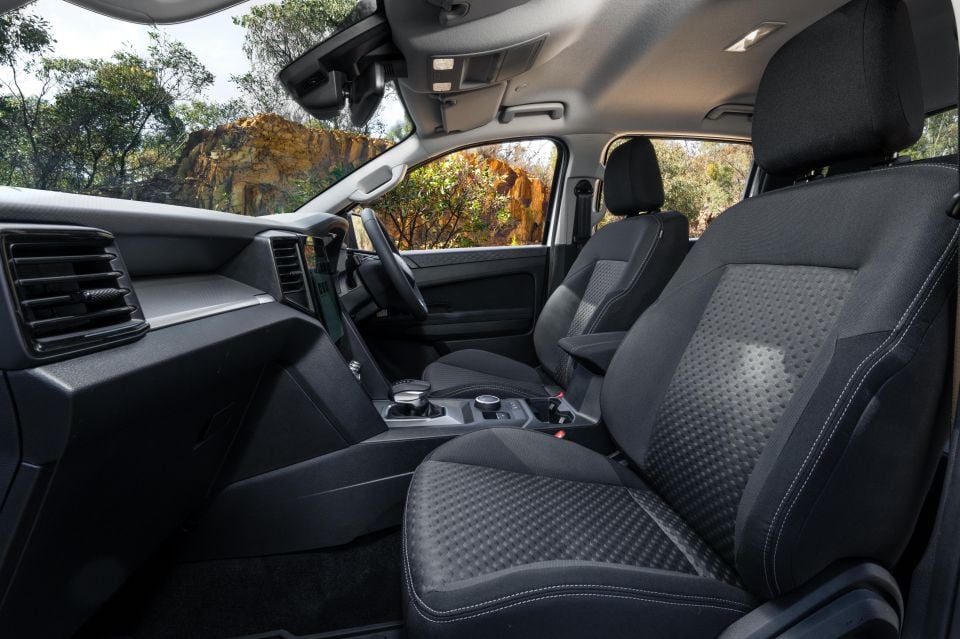
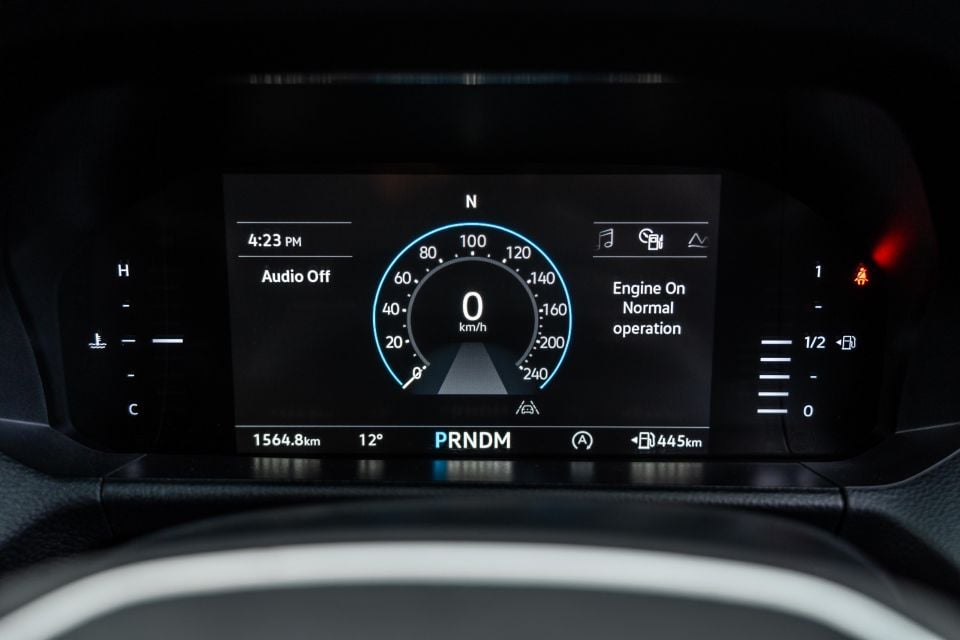
Ahead of the driver there’s a leather-wrapped steering wheel that’s soft to the touch and fills your hands nicely. Thankfully, it has physical push buttons that are logically placed.
Behind the steering wheel is an 8.0-inch digital instrument cluster that’s quite familiar if you’ve been in the Ranger. It is reskinned to make it look like the Volkswagen’s Virtual Cockpit.
While the digital driver’s display does look clear and high-resolution, only the right-hand side of the cluster can be configured to show different content. For example, you can’t see the tachometer and fuel economy info at the same time, which is a little frustrating.
You do get used to how the digital instrument cluster is set up though, even if you have to toggle between a few pages occasionally in order to see what you want.
Moving across, the 10.1-inch touchscreen infotainment system is also a clear reskin of Ford’s SYNC 4 multimedia setup, but with Volkswagen design elements.
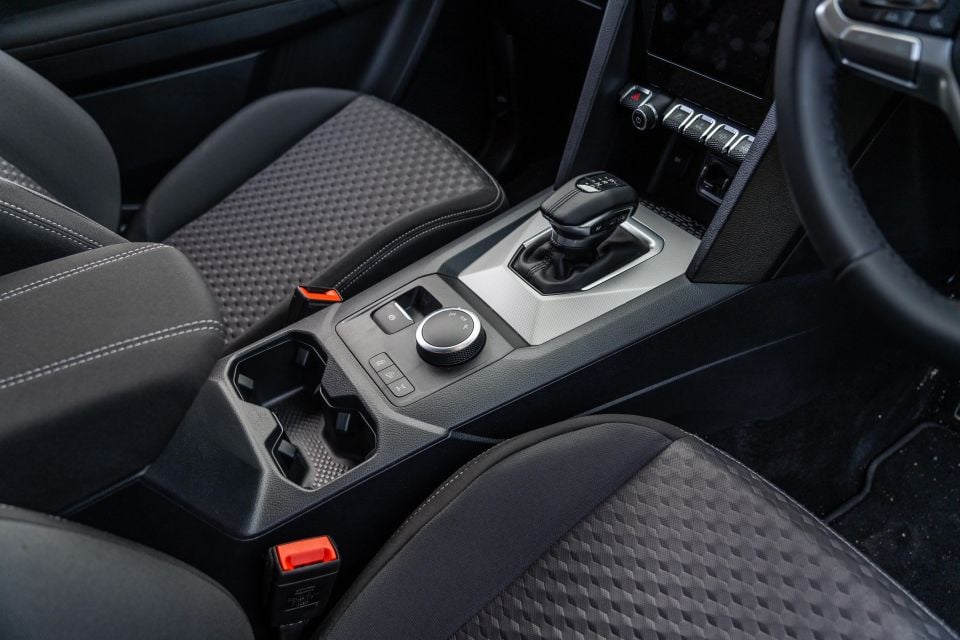
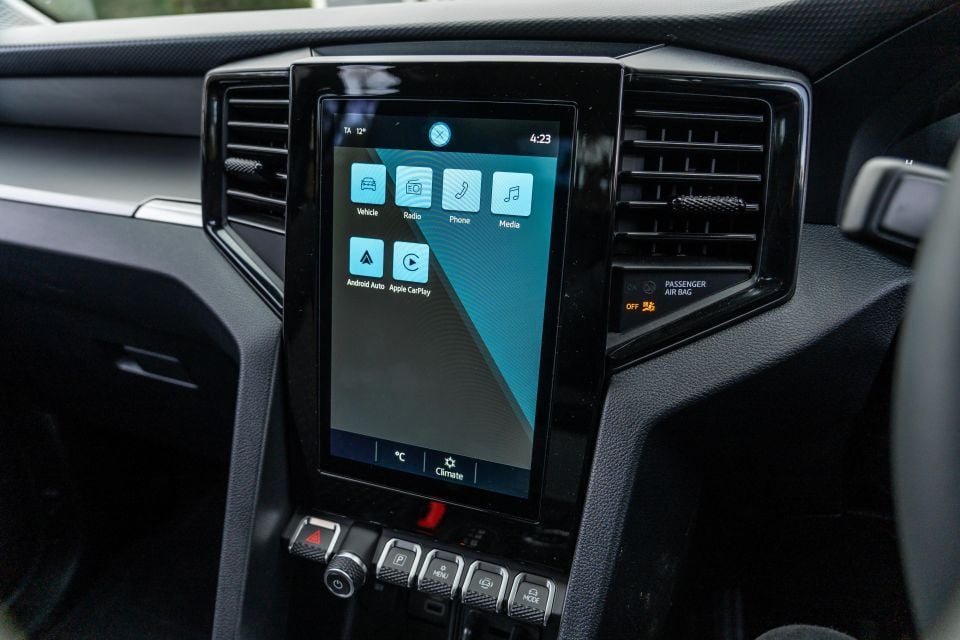
The unit has enough processing power, meaning it boots up quickly when you start the ute and pages load quickly.
There really isn’t much to the infotainment system once you start digging around as there’s no satellite navigation in this spec, though thankfully there are both wired and wireless forms of Apple CarPlay and Android Auto smartphone mirroring.
With my iPhone 15 Pro Max connected with wireless Apple CarPlay, I didn’t experience any notable dropouts. In previous Amaroks, however, I’ve had times when it has dropped out in known interference points.
There’s a standard wireless charger across the Amarok range and it kept my phone topped up while using wireless CarPlay, which typically decimates my battery. It worked surprisingly well, unlike the wireless chargers in many other cars.
Although the infotainment system is a little basic beyond smartphone mirroring, you will be using it quite often as the air-conditioning controls are altered using the touchscreen. You read that right: air-conditioning, not climate control.
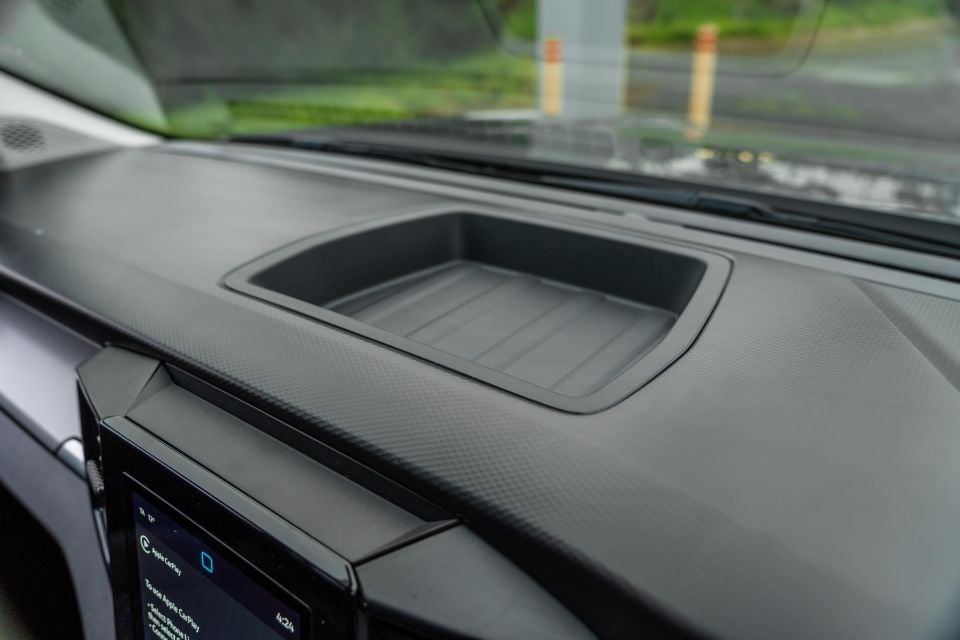
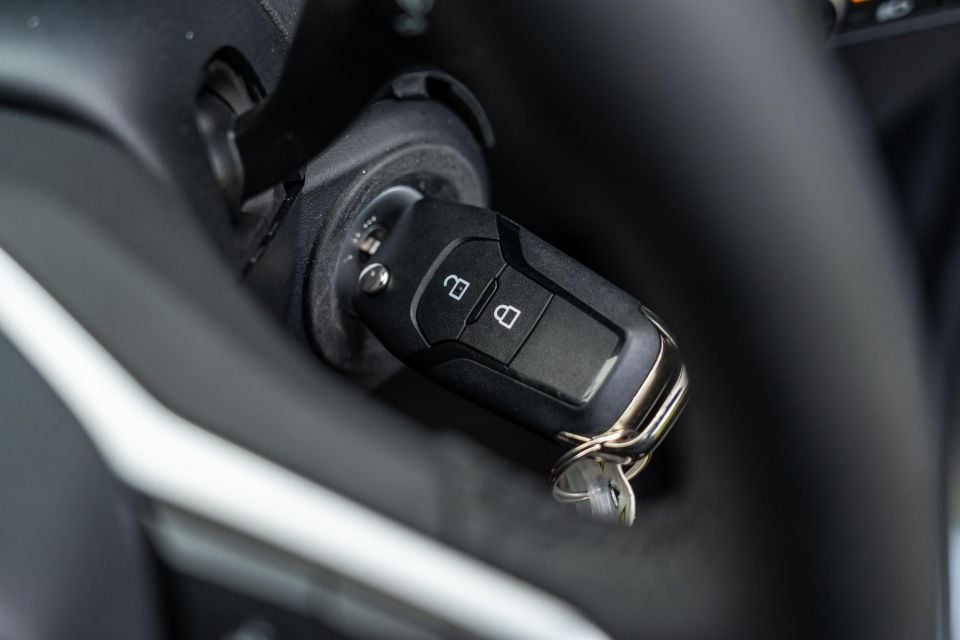
What makes this more frustrating is that if you want to adjust the temperature you need to click the °C symbol at the bottom of the touchscreen and then use the slider to set your desired temperature. Then if you want to change the blower speed or where the air is pointing you have to go into a separate ‘Climate’ tab to adjust these.
You can’t even see what the temperature/fan speed is set to without digging into these two menus.
It’d be really nice to have simple buttons and knobs for these air-conditioning controls, because having them hidden behind menus on the touchscreen is just annoying. The related Ranger has physical buttons and knobs, along with some digital elements.
There are a row of piano key-like shortcut buttons underneath the touchscreen, along with a singular volume knob. The latter of these has a power icon on it that thankfully remains upright regardless of whether you spin the knob, unlike a number of other Volkswagen models.
As standard, the Amarok 10 Deserts Edition comes with a shift-by-wire transmission selector that’s called an e-shifter in Ford-speak. Sure, it’s sleeker than a regular gear selector and has a cool function that returns it to Park if you leave it in gear and turn off the car, though it can be hard to tell which gear you’re shifting into.
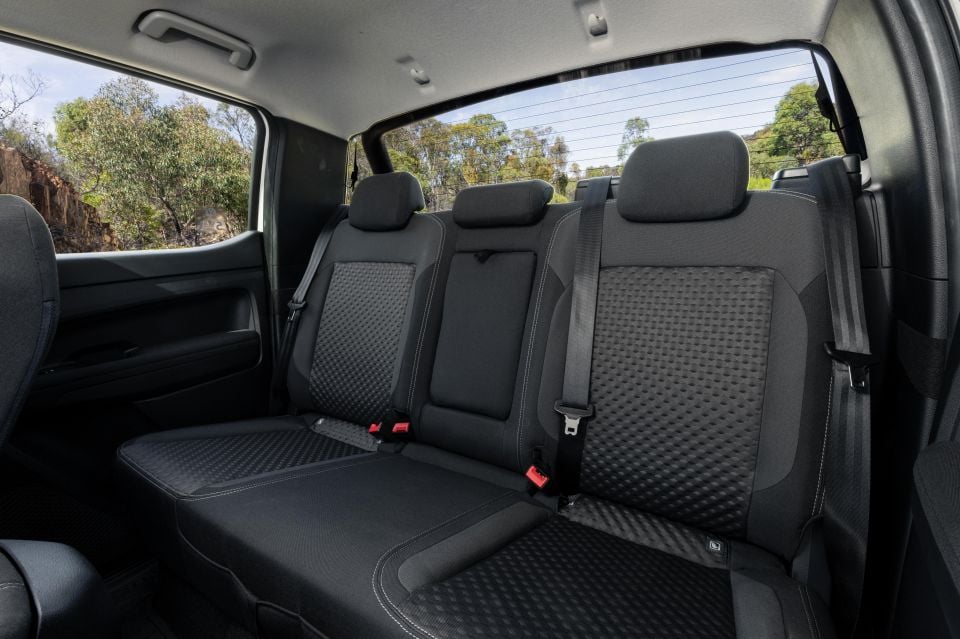
Around the gear selector there’s an electric park brake, four-wheel drive control dial, and two cupholders.
Looking around the cabin, it’s a little plastic fantastic, but there are some softer touches, including on the centre and door armrests. The most annoying hard finish is the plastic dashboard surfaces that reflects onto the windscreen when sunlight hits it at a certain angle.
Beyond the cupholders and wireless charger, there are a few storage spaces, including upper and lower glove boxes, as well as an open cavity section on top of the dash.
Moving to the second row, there isn’t much going on in terms of amenities, though you have to remind yourself this is based on an almost entry-level trim level.
You only get a centre fold-down armrest and 12V plug. There are no air vents on the back of the centre console, nor rear USB ports.

At a leggy 182cm, I had to splay my legs around the front seat that was set to my driving position, though I wasn’t uncomfortable at all. There are also ISOFIX anchorage points on the two outboard seats, and top-tether points for all three rear seats.
At the back, the Amarok 10 Deserts Edition’s tub is still big enough to fit a Euro pallet. It measures 1544mm long, 1224mm wide, and 529mm deep.
To see how the Volkswagen Amarok stacks up against its rivals, check out our comparison tool
Unlike the Amarok that actually broke the Guinness World Record, which was equipped with Ford’s lusty V6 turbo-diesel, the Amarok 10 Deserts Edition is powered by a 2.0-litre four-cylinder bi-turbo diesel, which has less power and torque.
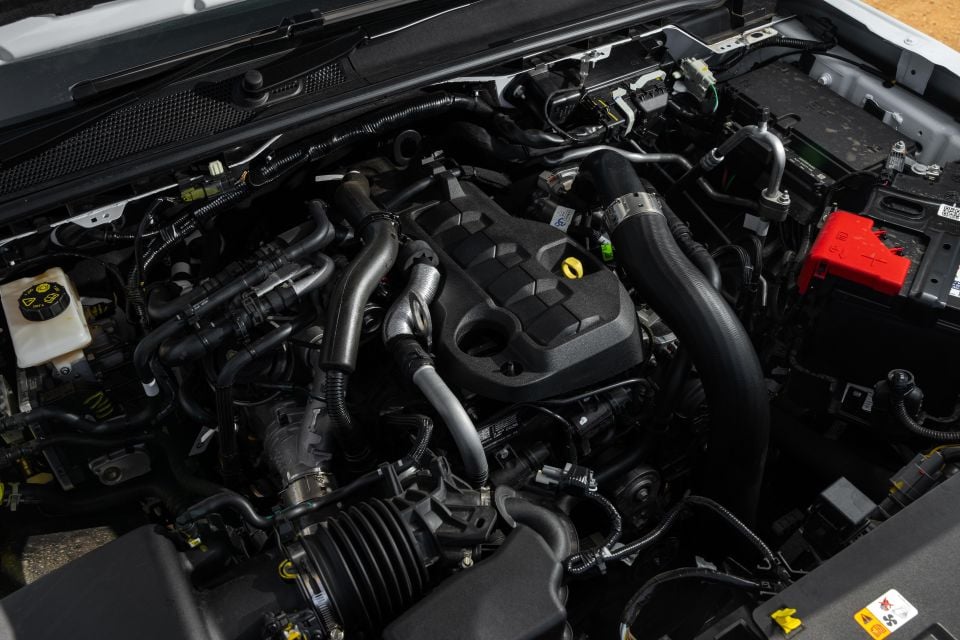
| Specifications | Volkswagen Amarok 10 Deserts Edition |
|---|---|
| Engine | 2.0L 4cyl bi-turbo diesel |
| Power | 154kW |
| Torque | 500Nm |
| Transmission | 10-speed auto |
| Drive type | Part-time 4×4 (2H, 4H, 4L) |
| Fuel economy (claimed) | 7.2L/100km |
| Fuel economy (as tested) | 8.2L/100km (750km) |
| CO2 emissions (claimed) | 189g/km |
| Fuel tank | 80 litres |
| Kerb weight | 2317kg |
| Payload | 913kg |
| Braked towing capacity | 3500kg |
| Gross vehicle mass (GVM) | 3230kg |
| Gross combination mass (GCM) | 6350kg |
It’s worth flagging that the observed 8.2L/100km fuel consumption figure I recorded was almost exclusively on highways and freeways. Off-road, I didn’t get a clear fuel consumption figure as I was jumping between multiple cars, but it’s safe to say it was much higher.
To see how the Volkswagen Amarok stacks up against its rivals, check out our comparison tool
In order to start up the Amarok 10 Deserts Edition, you need to put the key into the ignition and turn it the old-fashioned way. This feels a little out of place in a ute that’ll likely be priced at almost $70,000.
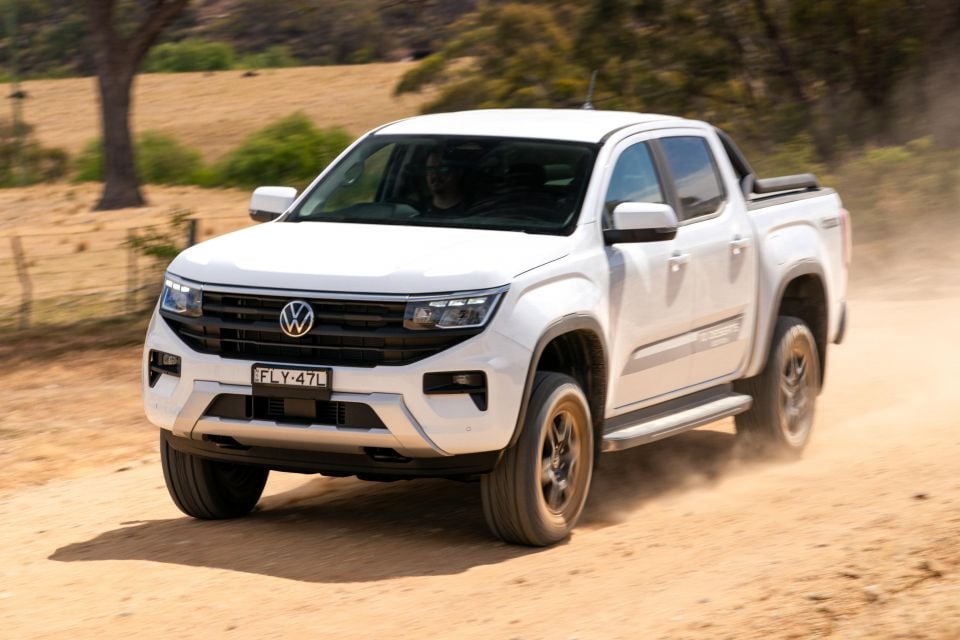
When the engine turns over it has a classic four-cylinder turbo-diesel clatter that sounds a bit agricultural, but it’s not too uncouth.
While it is a little disappointing that this special-edition Amarok doesn’t have a V6 like the actual record-breaking ute, the four-cylinder twin-turbo diesel is a fantastic engine in its own right. It offers plenty of punch and, thanks to the 10-speed automatic, revs are always kept within its meaty torque band.
The only time you might yearn for the bigger V6 diesel found in higher-spec Amaroks is when towing a heavy trailer over long distances at high speed. If you don’t do this frequently, the four-pot turbo-diesel will likely be more than sufficient.
Behind the wheel, one of the key differences between the Amarok 10 Deserts Edition and the standard Life TDI500 on which it’s based is the ARB-supplied suspension kit, which raises the ride height by 40mm or just over 1.5 inches, which is slightly more than the Isuzu D-Max Blade but slightly less than the Nissan Navara Pro-4X Warrior.
Unlike many lift kits, the increased ride height doesn’t drastically change the Amarok’s on-road driving characteristics, which is already a benchmark for the segment. While it’s still a leaf-sprung ute that does its best work with weight in the tub and while hauling heavy loads, it does a good job at not making speed bumps and other low-speed road imperfections feel spine-shatteringly hard.
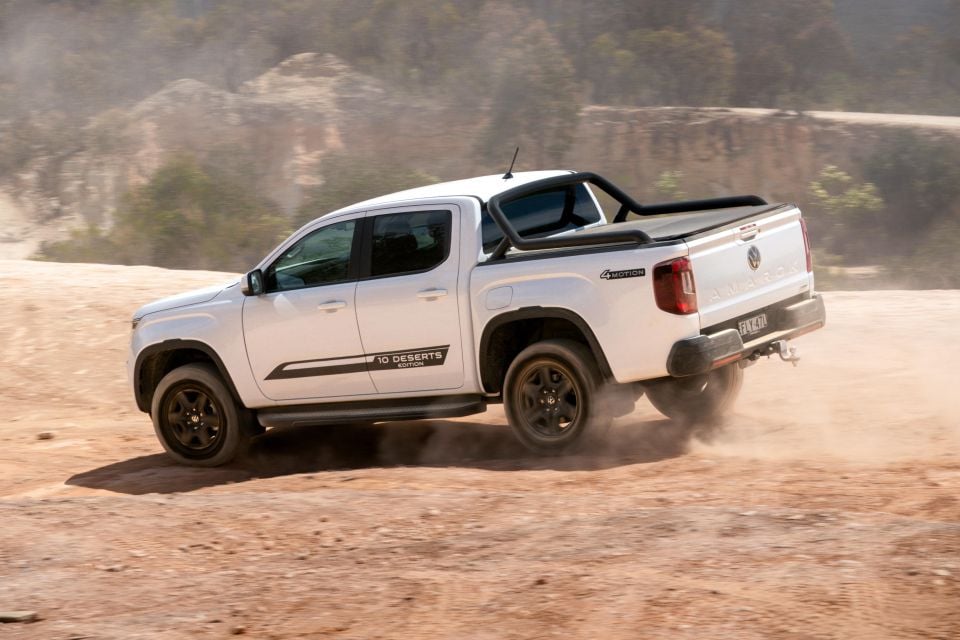
Things do change though once you pick up the speed in the Amarok 10 Deserts Edition, however. On roads with undulating bumps, the front suspension feels floaty and overly soft. It can take multiple movements to settle and at some points I got what felt like brief airtime from the driver’s seat.
Thankfully, the rear leaf suspension setup doesn’t feel quite as loose as the front-end on high-speed undulating roads.
Despite that, the Amarok 10 Deserts Edition is still a dynamic benchmark. Unlike some factory-backed utes with lift kits, which can flop around and feel fussy when pushed in bends, this ute remains flat despite its longer suspension travel.
Another element of a vehicle that typically alters when a suspension lift is installed is the steering. Thankfully, the Amarok’s steering is still light and direct, which helps make it feel dynamic and nimble despite its heft.
You also don’t need to twirl the steering wheel as much in tight spots, though it’s apparent just how gargantuan this dual-cab ute is when parking, especially in cramped urban multi-level carparks.
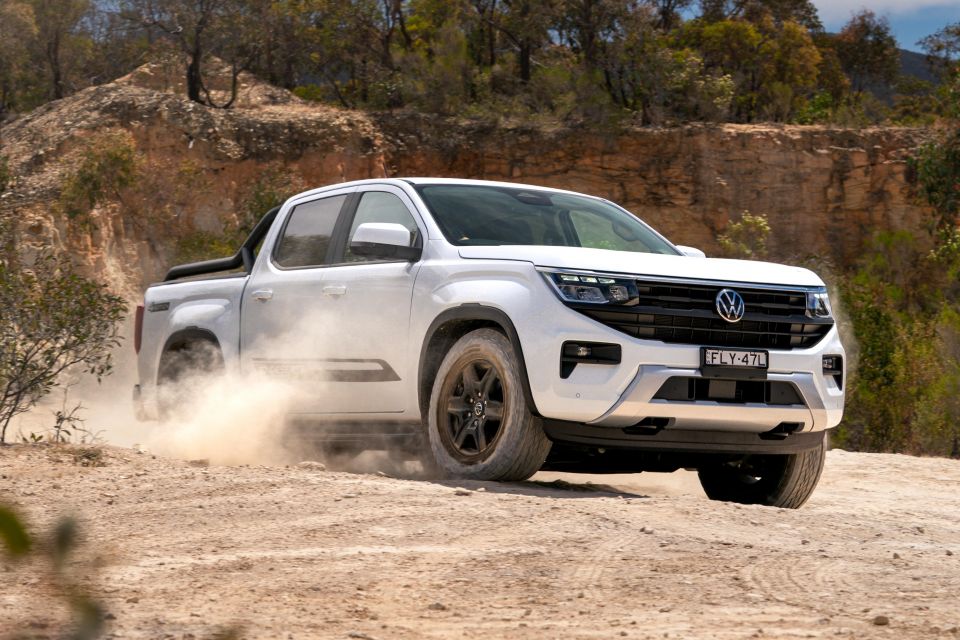
Out on the open road it’s surprising just how quiet and refined the Amarok 10 Deserts Edition is. The bi-turbo engine puts away at just above 1500rpm in 10th gear at 100km/h, and if you didn’t tell me this ute rides on all-terrain tyres, I wouldn’t have known.
But it’s time to discuss how this off-road-oriented ute fares away the beaten path.
In low-speed scenarios the bi-turbo four-cylinder diesel is just as capable as the V6 turbo-diesel, the extra 100Nm of torque from which isn’t necessarily felt when crawling up rocky hills.
Unlike V6-equipped Amaroks, 2.0-litre variants only come with a part-time four-wheel drive system, which doesn’t allow for four-high (4H) to be engaged on sealed surfaces.
Despite this, the Amarok 10 Deserts Edition is still a really capable off-roader. It’s able to do more than you think in two-high (2H), though if you want the peace of mind and security off-road, 4H can be activated on the fly at speeds up to 80km/h.
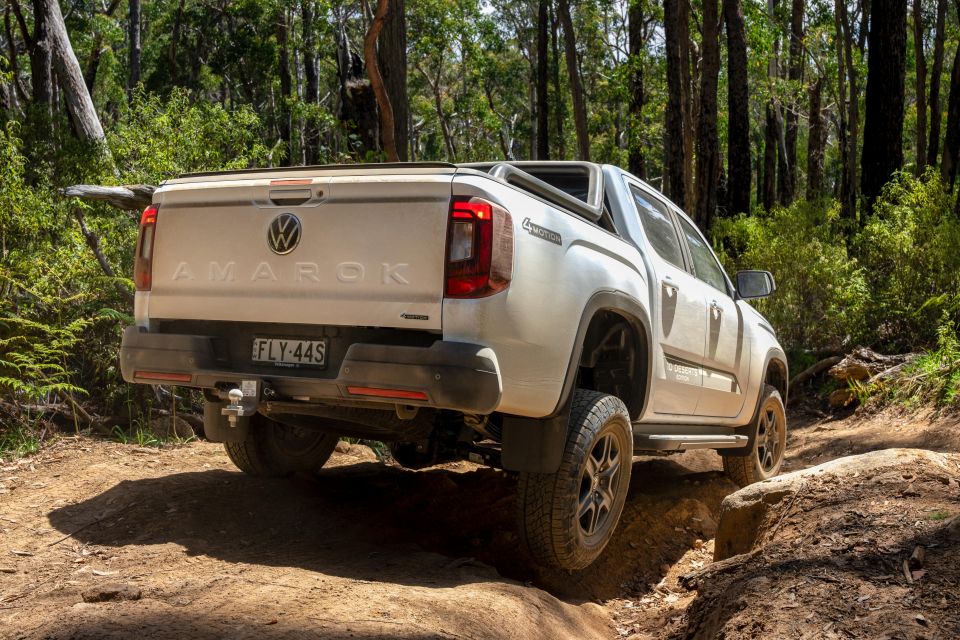
Where expert car reviews meet expert car buying – CarExpert gives you trusted advice, personalised service and real savings on your next new car.
With 4H activated, the ute does a good job of modulating wheel slip with traction control, so you never feel out of your depth, even when tackling properly tough off-road tracks. There’s also a ‘Slippery’ driving mode, which can assist further with minimising wheel slip.
If the going gets very tough, however, four-low (4L) is also available. This lower set of gears available in the two-speed transfer case allows you to slow your pace and have more torque available at lower speeds. It also thankfully deactivates a number of safety systems which can hinder your driving experience off-road.
In order to engage 4L you need to come to a complete stop and put the ute in neutral. This is pretty standard in vehicles with transfer cases.
Another off-road-centric aid the Amarok 10 Deserts Edition comes with is a rear differential lock, which can be activated while driving along off-road. While this helps ensure the rear wheels are rotating at the same rate, it can impact your manoeuvrability off-road.
Speaking of manoeuvrability, thanks to the Amarok’s light yet direct steering, it’s really easy to place this car off-road. You never feel like you have to fight against the car, which is reassuring, and it also minimises driver fatigue.
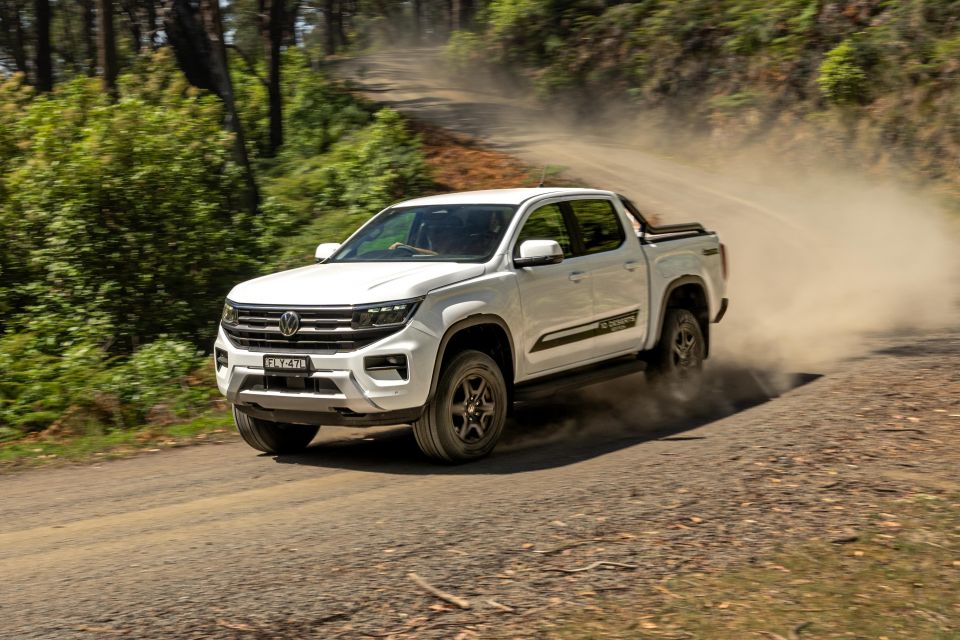
Like many four-wheel drive utes, the Amarok 10 Deserts Edition comes with hill-descent control, which makes travelling downhill easier and more controlled. This comes in handy when heading down steep hills, especially if it’s wet or slippery. Surprisingly, the system isn’t as loud as other systems can be when clamping on the brakes with ABS.
Overall, it feels like you can point and shoot this ute at virtually any obstacle and it’ll scale it. The all-terrain tyres also assist with getting grip off-road. There weren’t many times where I lost traction, even on really steep and rocky inclines.
Off-road, the lifted suspension setup comes into its own. That added 40mm of ride height does give you more frontward visibility, which can be helpful when looking out for obstacles.
A downside of this, however, is that it’s harder to tell what’s directly in front of the ute. The Amarok 10 Deserts Edition only comes with a reversing camera, which is a little disappointing. It would be nice if there was a surround-view camera so you can properly assess where you’re placing the ute off-road.
In terms of off-road comfort, the Amarok 10 Deserts Edition doesn’t have the most refined ride, due in part to its rear leaf suspension setup.
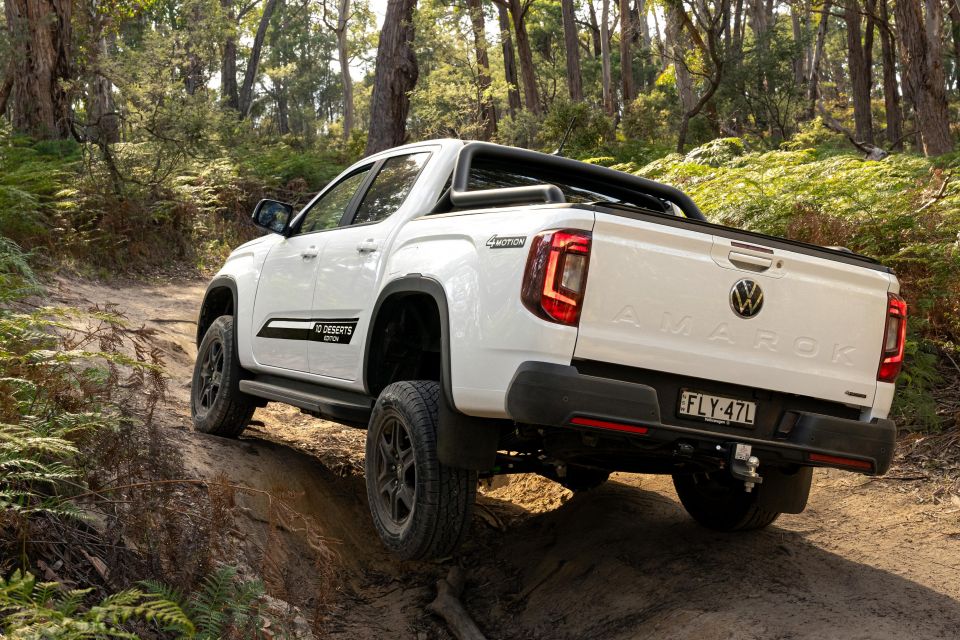
Despite this, another key benefit of the lifted suspension is it delivers what Volkswagen claims is a class-leading 275mm of ground clearance.
In practice, you won’t scrape the side steps or rear bumper/tow bar as often, meaning you can tackle more challenging off-road tracks without worrying about damaging your ute. Thankfully, there’s also underbody protection, so if you do accidentally scrape something under the car, it won’t damage the key drivetrain components.
On the safety front, the Amarok 10 Deserts Edition is pretty fully loaded, besides not having a proper surround-view camera.
The adaptive cruise control system is up there as a benchmark in the segment. Its response to vehicles around you is really natural as it accelerates progressively and doesn’t overreact and break heavily when vehicles cut in front of you.
While the lane-keep assist function works well on clearly marked highways and freeways, on tighter rural roads with only centre line markings the system can intervene a fair bit, even on its weakest setting.
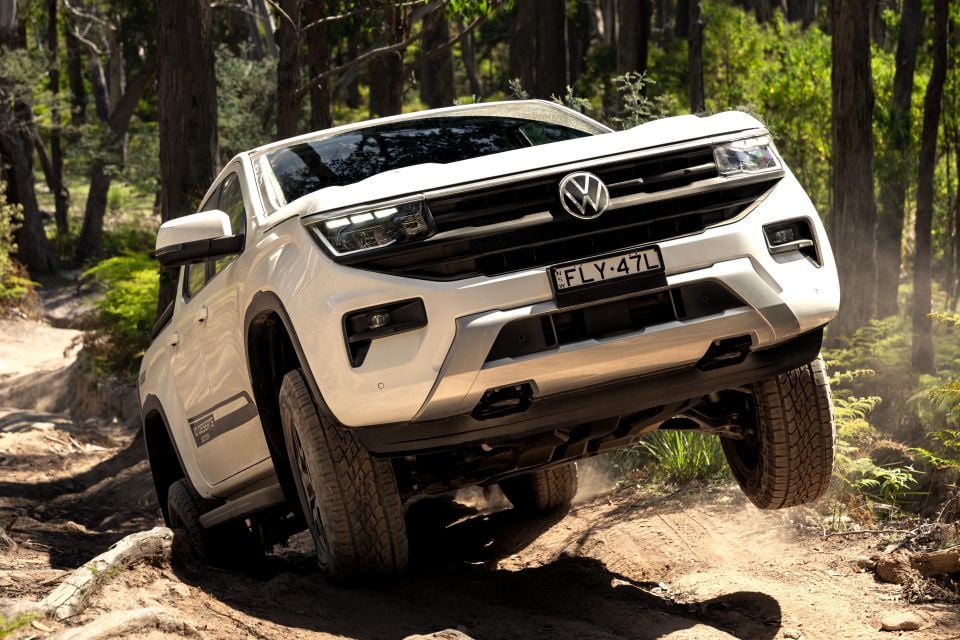
There were multiple times where the car was thinking I was tired and sounded the driver fatigue warning.
Things didn’t get much better with the stronger lane centring function as the car kept telling me to put my hands on the wheel, although I most certainly did. Thankfully, you can switch off the lane-keep assist and lane-centring functions so they don’t bing and bong.
The Amarok 10 Deserts Edition is based on the Life TDI500, but receives some extra equipment to make it more off-road capable.
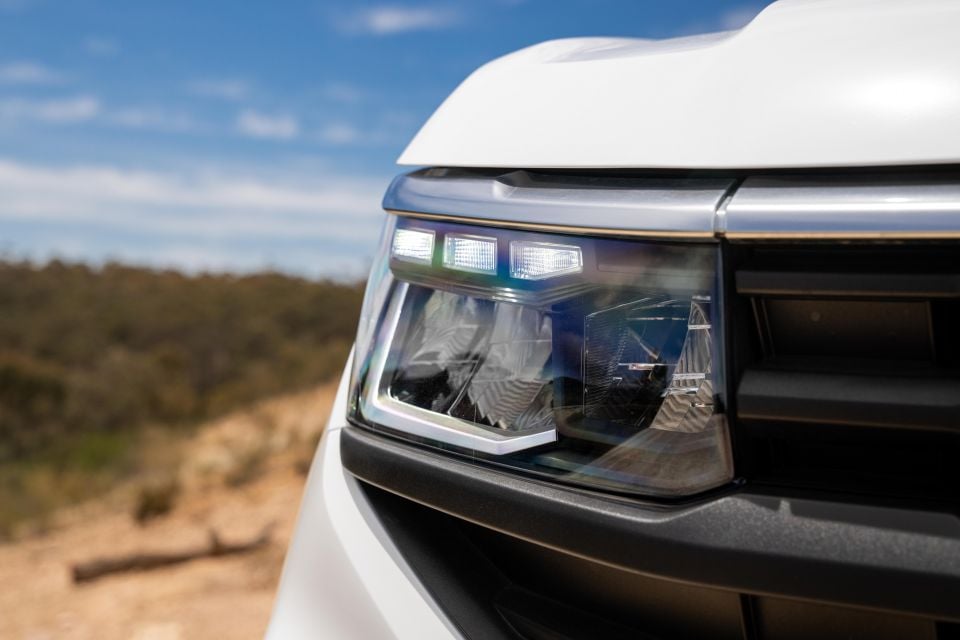

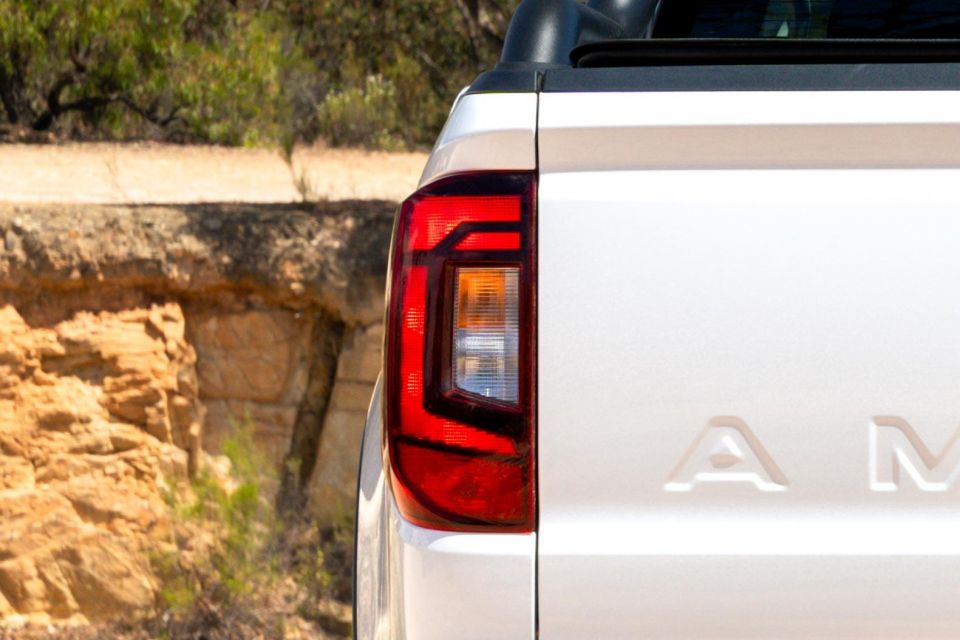

Amarok Core TDI405 highlights:
Exterior
Interior
Amarok Life TDI500 adds:
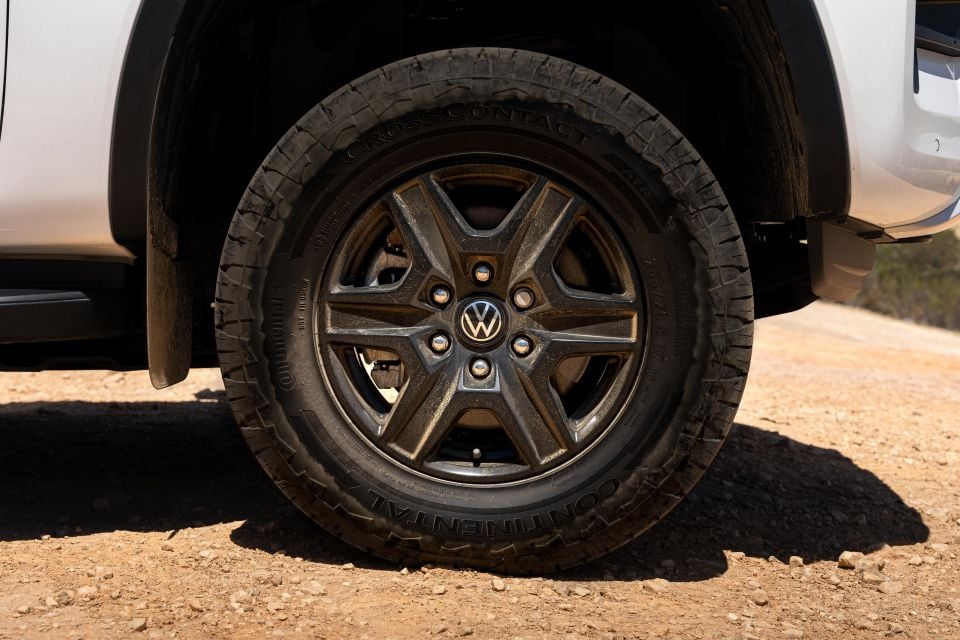
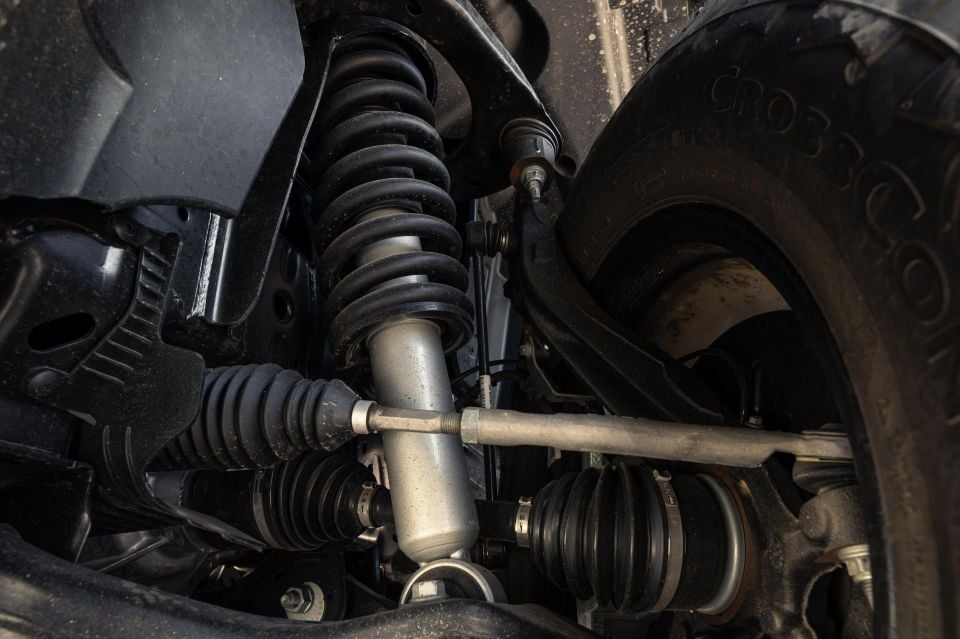
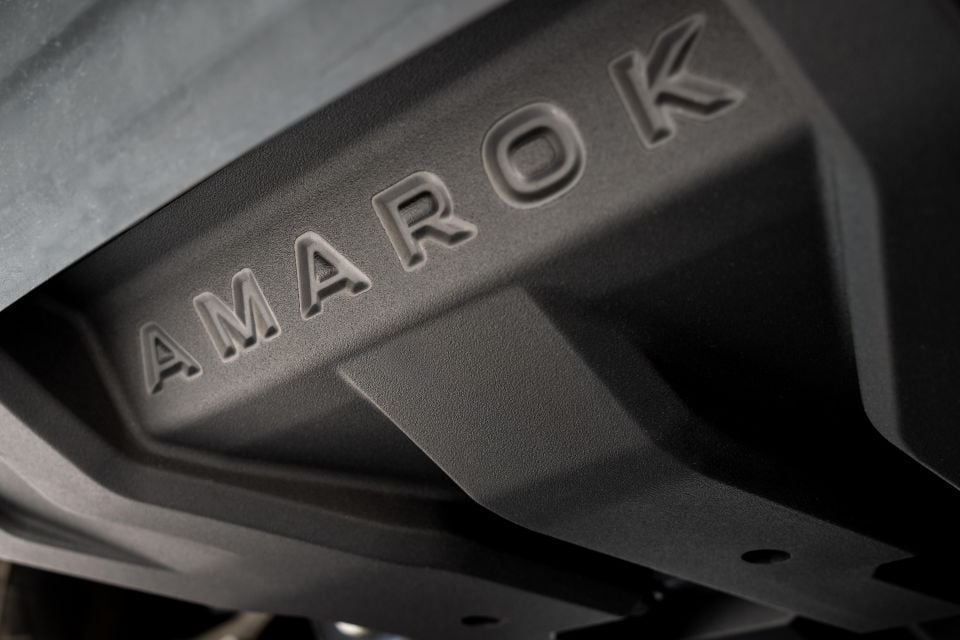

Amarok 10 Deserts Edition adds:
All 300 examples of the Amarok 10 Deserts Edition will be finished in white exterior paint. Prospective buyers will also have the choice of getting more off-road-focused tyres as a no-cost option.
To see how the Volkswagen Amarok stacks up against its rivals, check out our comparison tool
The Volkswagen Amarok was awarded a five-star ANCAP safety rating against the 2020-2022 testing protocols.

This result was drawn from testing of the closely related Ford Ranger, with additional frontal offset and side impact tests conducted on the Amarok by Euro NCAP, which has harmonised testing protocols with ANCAP.
| Category | Volkswagen Amarok |
|---|---|
| Adult occupant protection | 86 per cent |
| Child occupant protection | 93 per cent |
| Vulnerable road user protection | 74 per cent |
| Safety assist | 83 per cent |
Standard safety equipment includes:
Amarok Life adds:
To see how the Volkswagen Amarok stacks up against its rivals, check out our comparison tool
The Amarok is backed by a five-year, unlimited-kilometre warranty like the wider Volkswagen range. Logbook servicing is required every 12 months or 15,000km, whichever comes first.

| Running costs | Volkswagen Amarok |
|---|---|
| Warranty | 5 years, unlimited kilometres |
| Roadside assistance | 1 year |
| Service intervals | 12 months, 15,000km |
| Capped-price servicing | 5 years |
| Total capped-price service cost | $1801 |
To see how the Volkswagen Amarok stacks up against its rivals, check out our comparison tool
Volkswagen has a lot it wants to scream and shout about with its latest Guinness World Record-breaking feat, and the Amarok 10 Deserts Edition is an interesting byproduct of this.
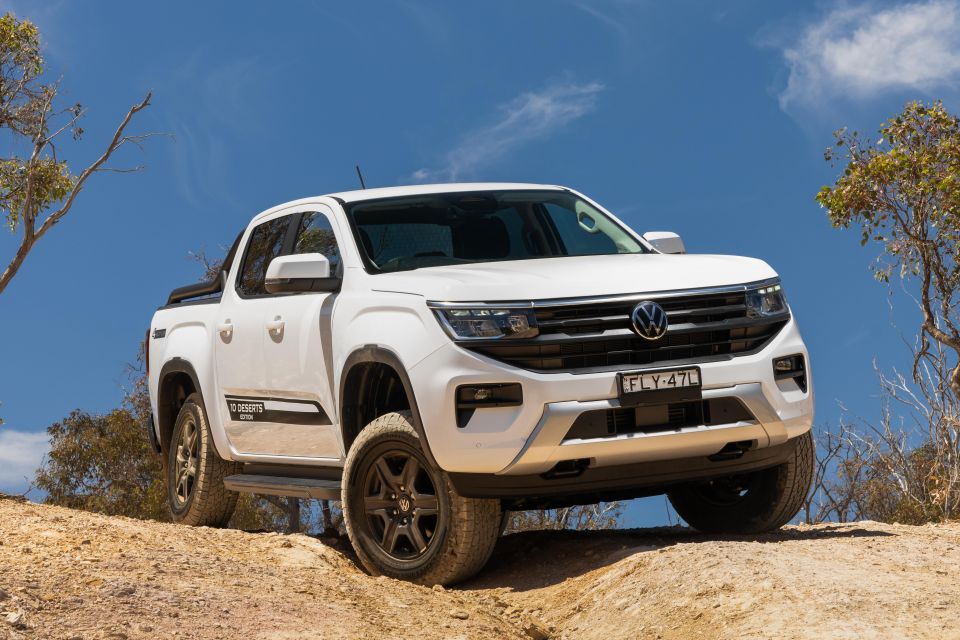
It’s a little disappointing this special-edition Amarok ute isn’t based on the same variant as the one that actually achieved the world record, especially because this means it has a four-cylinder and not a V6 turbo-diesel.
That’s not to say the bi-turbo engine isn’t good – let me make that crystal clear. The four-cylinder is more than many owners will ever need, but the torquier V6 is more appealing and capable, especially if you frequently tow things.
While it’s still a fair away from arriving in local customer hands and we still don’t know exact pricing, the Amarok 10 Deserts Edition will likely undercut the V6-powered, off-road-focussed PanAmericana variant by a considerable margin.
We already know the Ranger-based Amarok is right up there as a benchmark in its segment in many regards, but what this special-edition ute gains makes it more off-road capable.
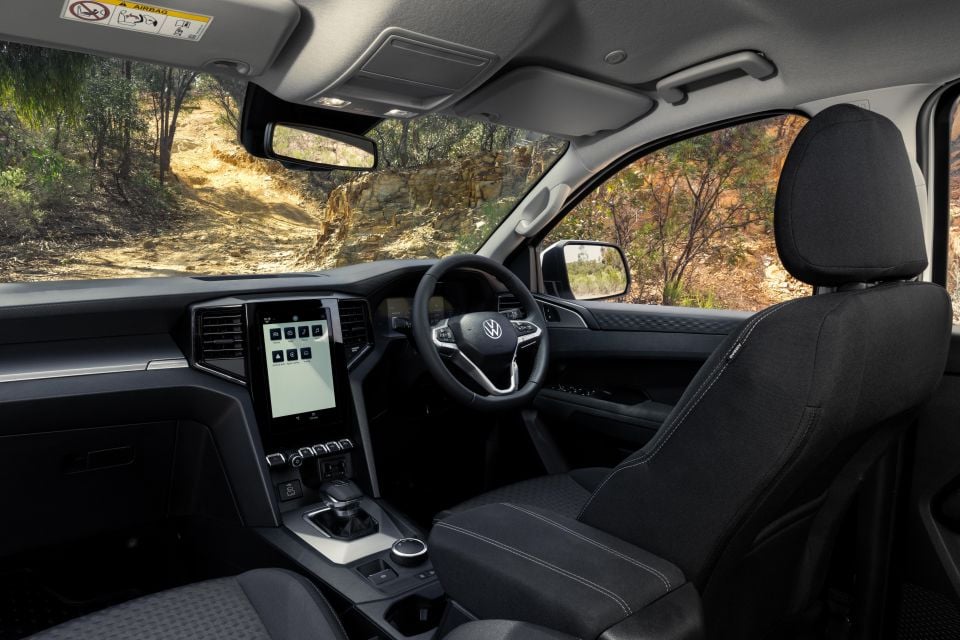
The added ground clearance means you don’t have to worry as much about scraping the side steps or tow bar on gnarly off-road tracks, and if you do hit something the underbody protection will help shield all the critical drivetrain components.
It’s worth noting, however, that a lot of what the Amarok 10 Deserts Edition gains, especially off-road-centric elements like the suspension lift and underbody protection, can already be added as genuine accessories to other Amarok variants.
Also, if you don’t frequently go off-road, I’d urge you to look at a regular Amarok without a lift kit instead. While the special-edition’s on-road comfort is good, it can get a little bouncier at the front than the standard TDI500, when feels almost SUV-like in comparison when it comes to dynamics.
We’re keen to see whether Australians flock to this ute, given only 300 examples will be available and all of them will be finished in white exterior paint.
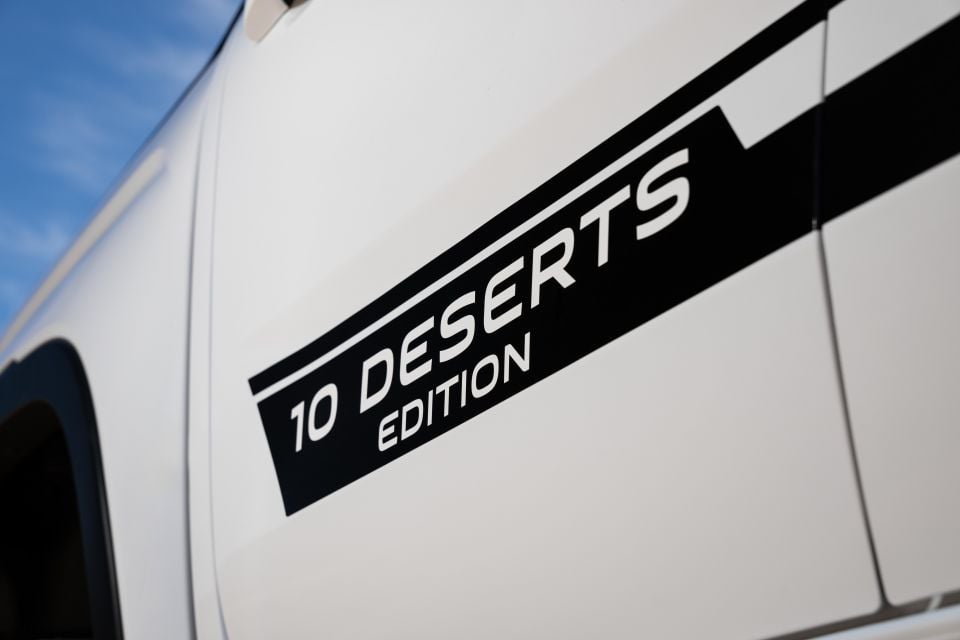
Interested in buying a Volkswagen Amarok? Get in touch with one of CarExpert’s trusted dealers here
Click the images for the full gallery
Where expert car reviews meet expert car buying – CarExpert gives you trusted advice, personalised service and real savings on your next new car.
Jack Quick is an automotive journalist based in Melbourne. Jack studied journalism and photography at Deakin University in Burwood, and previously represented the university in dance nationally. In his spare time, he loves to pump Charli XCX and play a bit of Grand Theft Auto. He’s also the proud owner of a blue, manual 2020 Suzuki Jimny.


Derek Fung
16 Hours Ago


Damion Smy
4 Days Ago
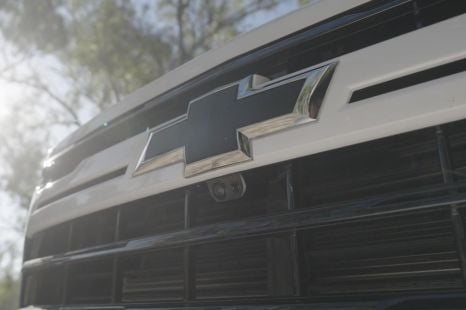

Ben Zachariah
5 Days Ago


James Wong
11 Days Ago
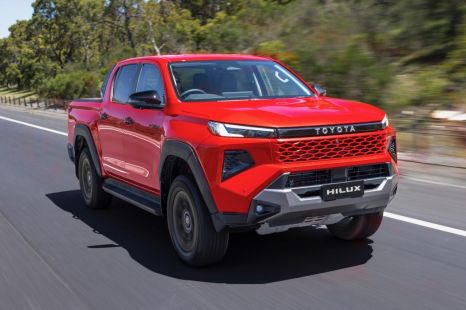

Ben Zachariah
12 Days Ago
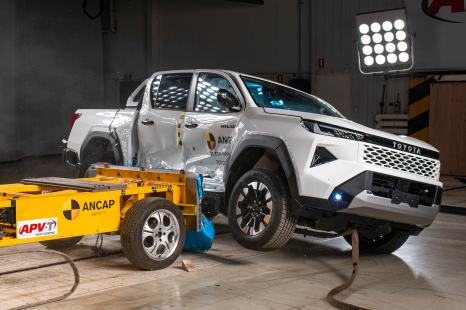

William Stopford
12 Days Ago